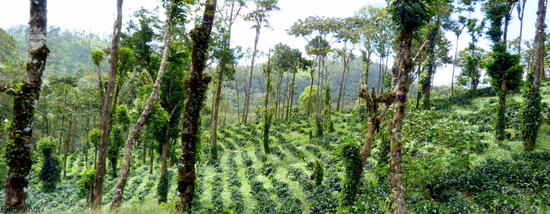What are Geographical Indications ?
Last update: 24 November 2021
For example, in France there are over 600 protected names (around 460 Protected Designation of Origin (PDOs) and around 150 Protected Geographical Indication (GIs)). There are over 3,500 in Europe.
GIs are recognized internationally through the intellectual property agreements administered by the World Intellectual Property Organization (WIPO), in particular the Lisbon Agreement and the Geneva Act, as well as through the World Trade Organization (WTO) TRIPS Agreement. This Agreement defines GIs as "indications which serve to identify a product as originating in the territory of a Member, or a region or locality of that territory, in cases where a specific quality, reputation or other characteristic of the product can be attributed mainly to this geographical origin” (Article 22.1 of the TRIPS Agreement).
There are several ways a country can protect its geographical indications:
● by adopting a sui generis system, i.e. legislation specific to this intellectual property;
● by using a system known as collective labels or certification marks which can be compared to the sui generis GI system.
Regulation can be either national or regional, as it is the case with the EU and the Bangui system (OAPI for West and Central Africa).
After recognition, the legal protection conferred by GIs will apply to products which comply with the book of specifications (document which includes a description of the product, a definition of the geographical area and the production method) and which submit to verifications of compliance with regards these specifications. The added value conferred to the product and the taxes on volumes ensure the remuneration of the GI's management bodies and its sustainability.
Why use GIs?
The main interest of recognizing the links between the qualities of a product and its place of production, is to generate an added value to the sale of this product. This added value may be distributed throughout the value chain, in due course making it possible for the actors in this chain to benefit from development, particularly the poorest. Other advantages attributed to GIs include the protection of resources necessary for their production (link to biodiversity) or the attractiveness of a territory, which can be increased.
GIs also confer an economic benefit to the countries which recognize them because they protect certain well-known products with high added value from counterfeiting and imitations (champagne or parmesan, for example). GIs can remove certain products from the grasp of highly competitive mass markets, especially in periods of falling prices. This can be particularly useful for publicly quoted commodities (coffee, cocoa, etc.) on international markets.
GI projects are always territorial projects, combining economic performance, protection of natural resources, attractiveness, modernization of infrastructure and protection of local cultures.
Challenges facing the development of GIs in Africa, the Caribbean and the Pacific
GIs in the African, Caribbean and Pacific States are developing, but come up against several limiting factors such as the absence of appropriate legislation, lack of training for actors both at the state level and local level, a lack of logistics, stable quality standards and a traceability and control system. These potential GI value chains also come up against poor market structuring and the weak formalization and stability of working and commercial relations between economic operators as well as the difficulties controlling counterfeiting and fraud. The development of a GI requires stakeholders and value chains which are properly structured and able to guarantee the book of specifications shared by the members of the GI as well as promotional work to achieve a successful commercial presence.
More generally, the establishment of GIs requires close coordination between the private stakeholders, and with local authorities and the state which ultimately drives the project forward. This strategic convergence requires a great deal of dialogue and is sometimes difficult to achieve.
In less-developed countries, the establishment of GIs is therefore a multidimensional legal, technical, organizational and commercial challenge that often requires the backing of larger and systemic projects, and the support of state agricultural policies and territorial strategies.
Last update: 24 November 2021

